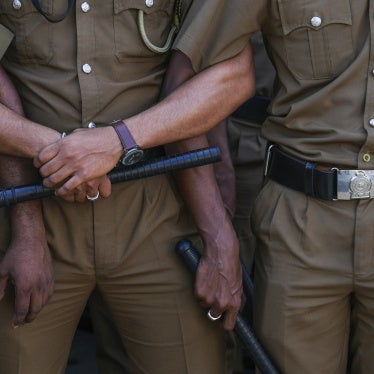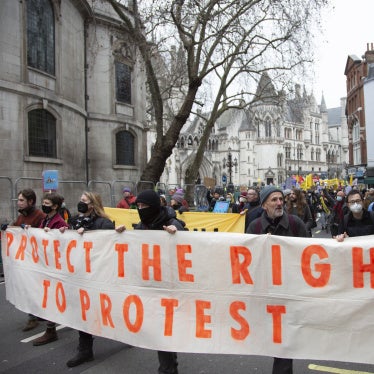On May 9, 2006, the U.N. General Assembly elected
all 47 initial members of the new U.N. Human Rights Council. Human Rights
Watch had urged U.N. member states to seize the opportunity to select
a council genuinely committed
to advancing human rights. The requirement of an absolute majority of the
full U.N. membership (96 votes) to win election to the council was designed
to avoid the election of abusive states, and member states should decline
to support countries with poor human rights records, and should vote for
countries likely to use their council membership to actively promote human
rights.
Human Rights Watch has now added tables showing the results of the 2006
election for the Human Rights Council.
Click on a Region
to view its candidates
|
Africa
(13 Seats) |
||
|
Latin
America & Caribbean (8 Seats) |
The resolution establishing the new
council requires the General Assembly, in electing council members,
to “take
into account the contribution of candidates to the promotion and protection
of human rights and their voluntary pledges and commitments made thereto.” It
requires council members to “uphold the highest standards in
the promotion and protection of human rights,” and to cooperate
with the council, including its special investigators.
The table above links to charts summarizing aspects
of the human rights records of candidate countries in each of the five
U.N. regional groups, including their cooperation with U.N. human rights
investigators and their voting records on recent human rights resolutions
in the U.N. General Assembly and the former Commission on Human Rights
(if they were members). Further links offer more detailed information
on each candidate. Human Rights Watch posted this information to
assist U.N. member states and civil society in evaluating candidates
for the new Human Rights Council based on the standards in its founding
resolution.








